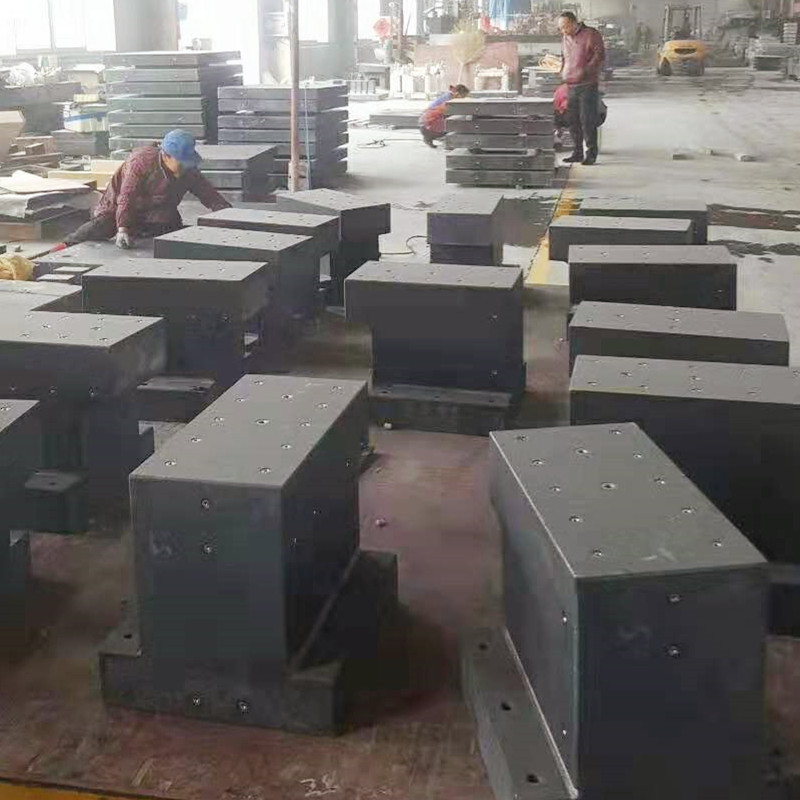Dec . 10, 2024 05:50 Back to list
different types of control valves and their applications
Different Types of Control Valves and Their Applications
Control valves are crucial components in industrial processes, serving to regulate the flow of fluids by varying the size of the flow passage. They play a vital role in managing parameters such as pressure, temperature, and liquid levels within various systems. Understanding different types of control valves and their applications can help engineers and technicians select the most appropriate valve for their specific needs, ensuring efficiency and reliability in operations.
1. Globe Valves
Globe valves are one of the most common types of control valves used in many industries. They have a spherical body design that allows for effective throttling of the flow. The linear motion of the disk (or plug) helps control the flow rate, making globe valves suitable for applications requiring precise flow regulation. They are frequently used in steam, water, and other media where a gradual change in flow is needed. However, globe valves can create significant pressure drops and may not be suitable for applications involving high flow rates.
2. Ball Valves
Ball valves are characterized by a spherical closure unit with a hole through the middle, allowing for quick opening and closing. Though primarily used for on/off control, they can be modified to offer throttling capabilities. They are favored in applications where quick shutoff is necessary, such as in water and gas supply systems. Ball valves are known for their durability and ability to handle high flow velocities, making them ideal for oil and gas industries as well as chemical processing.
3. Butterfly Valves
Butterfly valves consist of a rotating disc that allows for throttle control. The disc is positioned in the middle of the pipe and can be turned to open or close the flow. These valves are compact and lightweight, making them a popular choice for large volume applications, such as water treatment plants and HVAC systems. Their design allows for quick operation, and they can be used in conditions where space is a constraint. However, butterfly valves have a limited throttling capability and are generally not used for precise flow control.
4. Check Valves
different types of control valves and their applications

Check valves are non-return valves that prevent backflow in a system. They automatically allow fluid to flow in one direction but close when the flow reverses, thus protecting equipment from damage. While check valves are not typically used for flow regulation, they play an essential role in maintaining system integrity. Common applications include water and wastewater systems, boiler feedwater systems, and various pumping stations.
5. Needle Valves
Needle valves are designed for fine control of flow rates, making them ideal for applications requiring precise adjustments. The elongated, tapered point of the needle allows for minute adjustments, which is particularly useful in analytical instruments and laboratory equipment. Needle valves are often found in gas and liquid applications where flow control is critical, such as in gas chromatography and fuel lines.
6. Pressure Relief Valves
Pressure relief valves safeguard systems from overpressure scenarios. They automatically release fluid when a predefined pressure level is exceeded, thus protecting equipment from potential damage. These valves are crucial in industries that operate high-pressure systems, such as oil and gas, chemical manufacturing, and power generation. They ensure safety and compliance with regulatory standards.
7. Solenoid Valves
Solenoid valves are electrically operated devices that use an electromagnetic solenoid to control the flow of fluids. They are commonly used in automatic control systems, such as irrigation systems, hydraulic machinery, and pneumatic devices. Their ability to switch rapidly and operate remotely makes them a favorite for applications requiring automation and control.
Conclusion
Selecting the right control valve is essential for the efficiency and reliability of industrial processes. Each type of valve has its unique features and applications, making it crucial to consider factors such as flow characteristics, operating conditions, and specific process requirements. By understanding the different types of control valves—ranging from globe and ball valves to butterfly and needle valves—engineers can make informed choices that optimize performance and enhance safety in their operations. As industries evolve and demand more sophisticated systems, the role of control valves will continue to be integral to achieving operational efficiency and maintaining control over complex processes.
-
Thread Plug Gauge Our Promise of Measurement ExcellenceNewsAug.22,2025
-
Gauge Pin Class Reflecting Quality LegacyNewsAug.22,2025
-
Check Valve Types for High Rise BuildingsNewsAug.22,2025
-
Water Control Valve for Irrigation SystemsNewsAug.22,2025
-
Gate Valve with Soft Seal TechnologyNewsAug.22,2025
-
Y Type Strainer for Oil and Gas ApplicationsNewsAug.22,2025
Related PRODUCTS









